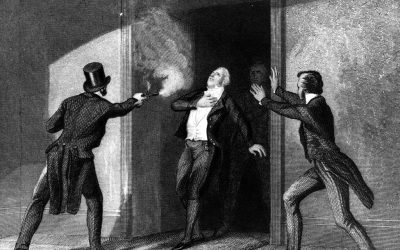Executive Summary
• In recent months and weeks, a significant amount of hyperbole is reminiscent of the
Great Depression of 1929-1939. In fact, most senior politicians and policy makers,
including the Chairman of the U.S. Federal Reserve Board, Ben Bernanke, have
made frequent comparisons between the current economic downturn and the Great
Depression.
• However, the data show there is a significant difference between the economic situation
today and that of the Great Depression.
• Further, given the social support measures and automatic counter-cyclical “stabilizers”
built into government spending today (e.g., welfare, unemployment benefits, public
pensions and numerous other social assistance measures), it is virtually impossible that
an economy could shrink and human suffering and dislocation could be experienced to
the same degree as during the Great Depression.
• Importantly, today’s policy makers must be clear about both good and bad policy
enacted during the 1930s. Poor policy included anti-business measures that ultimately
exacerbated the economic downturn. For example:
• The National Recovery Administration (NRA), created in 1933, created cartels in 500
industries to limit competition. It compelled businesses to reduce production and to
increase prices and wages during a severe economic downturn when people could not
afford to buy the most basic of necessities.
• The Agricultural Adjustment Administration (AAA) also implemented a collection of
harmful programs. The AAA, in the name of raising prices to battle what Roosevelt
perceived to be the country’s biggest economic ill — deflation — forced farmers to cut
production by essentially destroying excess crops (mostly cotton) and livestock. In
1933, 6-million piglets and 220,000 pregnant cows were slaughtered and many cotton
farmers ploughed under one-quarter of their acreage.
• Many of Roosevelt’s policies worsened the Depression contributed to a “double-dip
depression.” The unemployment rate, which fell gradually from 1934 through 1937 and
reached a low of 14.3 per cent, increased again to 19 per cent by 1938. By the end of
the decade even Roosevelt’s own Treasury Secretary, Henry Morgenthau Jr., began to
have his doubts about FDR’s economic policies.
• Today’s stimulus funding must not be used to implement the types of questionable
New Deal planned-economy equivalents in today’s world (in particular with respect
to the fi nancial sector). Massive government spending and attempts at demand-side
management are where the similarities between current economic policy and the New
Deal must stop.
View Full Study in PDF (14 pages) –
57. 2009Mar Why America and Canada Doesn’t Need Another New Deal


